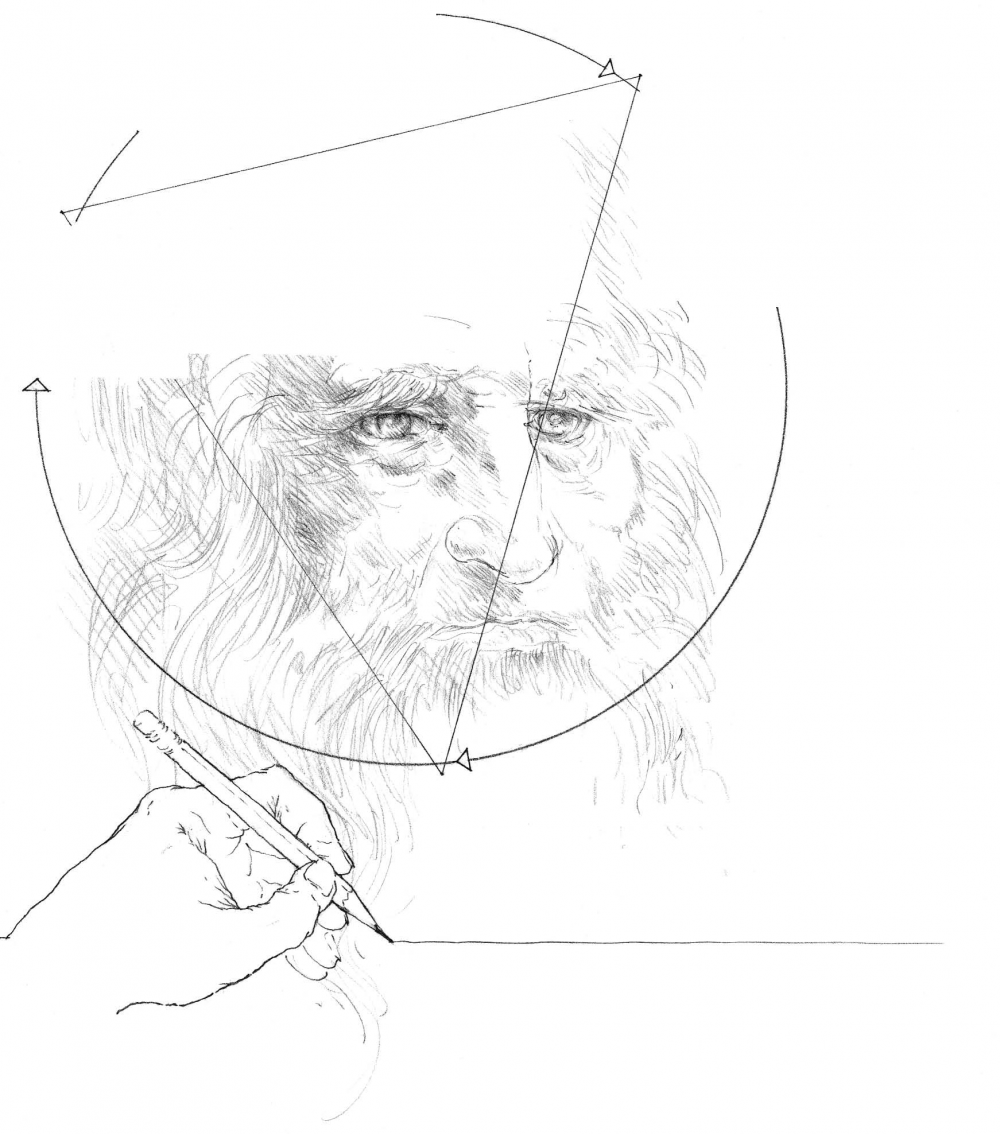绘图是通过在表面上绘制线条来表示事物(对象,场景或设想)的过程或技术。 此定义推断轮廓与绘画和表面着色不同。 虽然绘画本质上通常是线性的,但它可能包括其他图形元素,例如点和笔触,它们也可以解释为线条。 无论采用哪种形式的图纸,它都是我们组织和表达视觉思想和观念的主要手段。 因此,我们不仅将绘画视为艺术表达,而且还将其视为解决和解决设计问题的实用工具。
Drawing is the process or technique of representing something— an object, a scene, or an idea—by making lines on a surface. This definition infers that delineation is different from painting and the coloring of surfaces. While drawing is generally linear in nature, it may include other pictorial elements, such as dots and brush strokes, which can also be interpreted as lines. Whatever form a drawing takes, it is the principal means by which we organize and express our visual thoughts and perceptions. We therefore regard drawing not only as artistic expression but also as a practical tool for formulating and working through design problems.
Francis D.K. Ching 《 Design Drawing 》
为了学习如何进行绘图,并将绘图有效地用作设计工具,有必要掌握某些基本技能,例如排线和明暗色调。 随着时间的推移和足够的实践,任何人都可以学习这些技法。 但是,除非伴随着理解这些技法的感知原理,否则熟练的技法几乎没有价值。 即使随着数字绘图工具的发展和壮大,传统的绘图方法使我们能够将思想转移到计算机屏幕上并将其发展为三维模型,绘图仍然是一个认知过程,涉及感知性的视觉和视觉思维。
In order to learn how to draw and to use drawing effectively as an instrument in design, it is necessary to acquire certain fundamental skills, such as inscribing lines and laying down tonal values. Over time and with enough practice, anyone can learn these techniques. Skillful technique is of little value, however, unless accompanied by understanding the perceptual principles on which these techniques are based. Even as digital drawing tools evolve and augment traditional drawing methods, enabling us to transfer ideas onto the computer screen and develop them into three-dimensional models, drawing remains a cognitive process that involves perceptive seeing and visual thinking.
Francis D.K. Ching 《 Design Drawing 》

